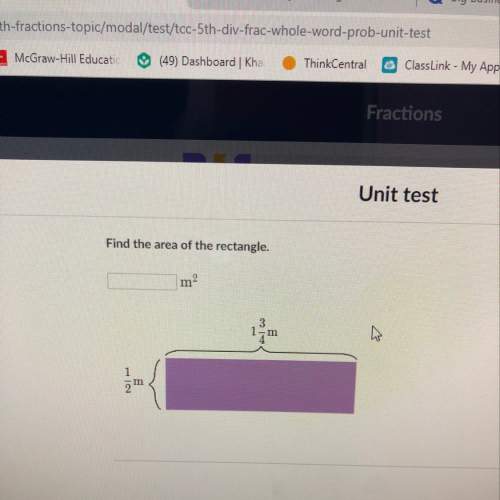
Mathematics, 10.06.2020 21:57 unknown54321
The first digit in any number must be 1, 2, 3, 4, 5, 6, 7, 8, or 9 because we do not write numbers such as 15 as 015. While it is reasonable to think that for most real-life data each digit occurs with equal frequency so that each digit 1, 2, ..., 9 has probability 1/9 of being the first digit, this is not true. It is a surprising phenomenon that in many naturally occurring numbers and web-based data the first digit has a probability distribution known as Benford's law.
Benford's law, also called the first-digit law, states that in lists of numbers from many (but not all) real-life sources of data, the leading digit is distributed in a specific, non-uniform way.
Specifically, for d = 1, 2, 3, 4, 5, 6, 7, 8, 9, Benford's law states P(first digit is d) = log_10(1+(1/d)) . The distribution of the first digit according to Benford's law, calculated to 3 decimal places, is shown in the table below.
Benford's law
First Digit X 1 2 3 4 5 6 7 8 9
Probability .301 .176 .125 .097 .079 .067 .058 .051 .046
Benford's Law and the Equally Likely Model benford equally likely
The law is named after physicist Frank Benford, who stated it in 1938, although it had been previously stated by Simon Newcomb in 1881. A surprising variety of data from the natural sciences, social affairs, and business obeys Benford's law.
This result has been found to apply to a wide variety of data sets, including electricity bills, street addresses, stock prices, population numbers, death rates, lengths of rivers, physical and mathematical constants, and processes described by power laws (which are very common in nature).
Numbers that are assigned, such as social security numbers and zip codes, or data with a fixed maximum, such as deductible contributions to individual retirement accounts, or randomly generated numbers, do not follow Benford's law.
The figure below shows how the distribution of the first digit of various naturally occurring and web-based data compares with Benford's law.
benford natural data web data
Figure information. Earthquakes: depth in km of 248,915 quakes, 1989-2009; source National Earthquake Information Center, United States Geological Survey. Minnesota lakes: size in acres of approx. 1100 lakes; source Wikipedia. Births: number of births in each county of the United States (approximately 3200), 2010; source: US Census Bureau. Diggs: total number of diggs for each of the top 1000 diggers at digg. com; source: socialblade. com.
Question 1:
(1a). What is the expected value of the first digit when the first digit follows Benford's law?
expected value (Use 3 decimal places).
(1b). What is the expected value of the first digit when the possible first digits are equally likely?
expected value (Use 3 decimal places).
(1c). What is the standard deviation of the first digit when the first digit follows Benford's Law?

Answers: 1


Other questions on the subject: Mathematics

Mathematics, 21.06.2019 14:30, mathsuxdix
All per-unit concepts rely on ratios, meaning, to provide a type of measurement
Answers: 3


Mathematics, 21.06.2019 17:40, ayoismeisalex
Which number produces a rationale number when multiplied by 1/5
Answers: 1

Mathematics, 21.06.2019 18:00, xojade
Assume that the weights of quarters are normally distributed with a mean of 5.67 g and a standard deviation 0.070 g. a vending machine will only accept coins weighing between 5.48 g and 5.82 g. what percentage of legal quarters will be rejected? round your answer to two decimal places.
Answers: 1
You know the right answer?
The first digit in any number must be 1, 2, 3, 4, 5, 6, 7, 8, or 9 because we do not write numbers s...
Questions in other subjects:

Social Studies, 07.12.2021 02:10

English, 07.12.2021 02:10

Mathematics, 07.12.2021 02:10

Computers and Technology, 07.12.2021 02:10


Computers and Technology, 07.12.2021 02:10


Mathematics, 07.12.2021 02:10






